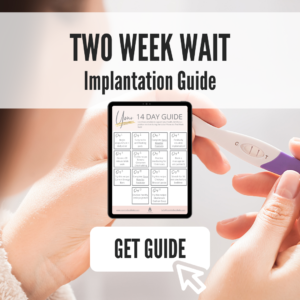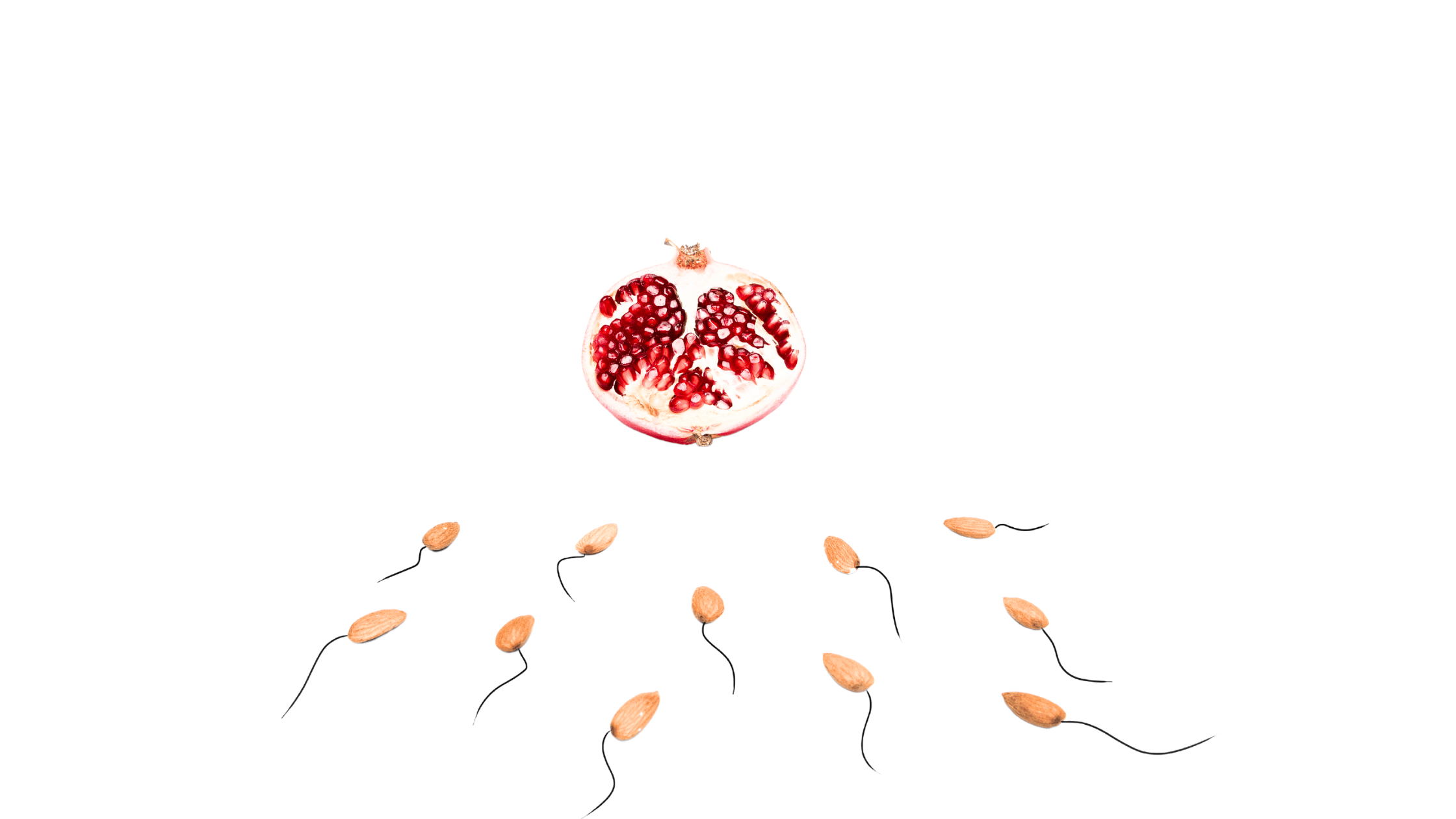“The Dreaded Two Week Wait: 3 Tactics to Get Through It” | myMindBodyBaby
The dreaded two week wait. The TWW. #2WW. PUPO. Somewhat cute names, but waiting for those two pink lines is anything but cute. Whatever you call this period of time, it can be excruciating, especially if this waiting period follows stressful fertility treatments.
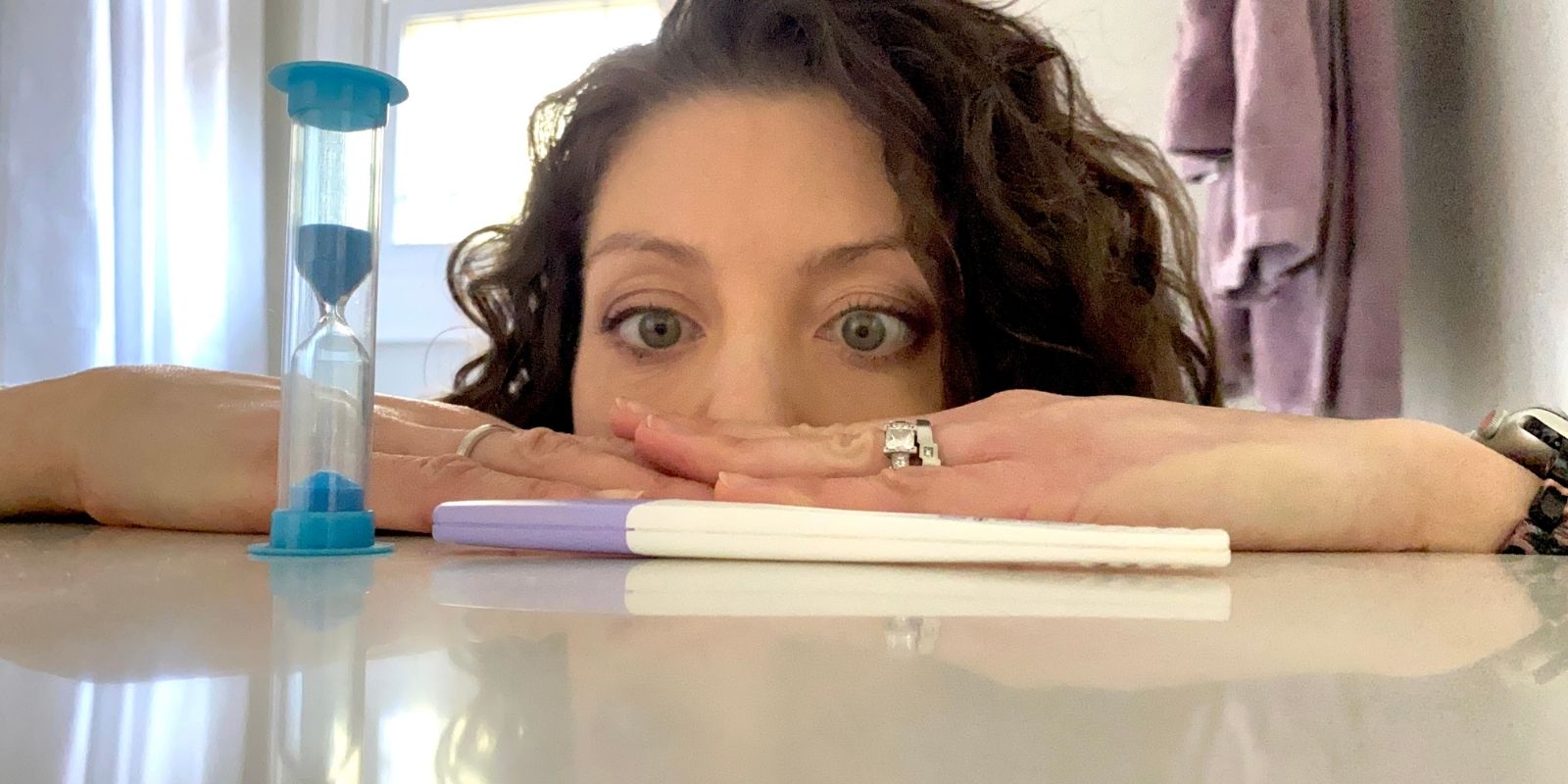
Hormone Mathematics
For me, the dreaded two-week wait was a time of intense calculations. I searched online for what the minimum amount of hCG was required to be present in my urine to take a pregnancy test and then tried to judge how early I could pee on a stick. During IVF it got even more complicated, I would think things like, “They transferred a 5-day blastocyst, at what would have been day 19 of a “normal” cycle, my luteal phase is normally 14-15 days… “, on and on. I would calculate down to the minute it was “reasonable” (in my hormone soaked brain) to take that first at-home pregnancy test. The test, BTW, the clinics advise you NOT to take.
Why don’t they advise you to take a home pregnancy test? I’ve received a variety of responses. You can get a false negative. You may test too early and then think you’re not pregnant and engage in risky non-pregnancy like activities. But there was no way I was waiting until the clinic’s first beta test. (If you want to read more about the Pros and Cons of early pregnancy testing check out this article!)
Self Preservation
My rationale seemed quite logical to me. I would either test at home, see two pink lines and shorten the length of anguish; or, I would find out in the comfort of my own home we were not successful that cycle and be mentally prepared for when the post-blood work call came in (to read “After a Failed IVF” click here). Those calls were always made just after lunch, in the middle of my busy workday. The last thing I needed was a devastating call, crushing my PUPO (pregnant until proven otherwise) dreams – while surrounded by co-workers. No. Thank. You. (To read more about managing your career during infertility click here).
So what’s a girl to do?
Whether you are in the ‘test-at-home camp’ or not, there is still a waiting period. I employed a number of different tactics, and since then have learned about a few others.
Looking for more support during your TWW? We have created a 14-day guide filled with day-by-day guidance to keep calm + daily tactics you can use to increase your chance of implantation. Click below to grab it!
Tactic #1: Geek it Up
I’m a science geek at heart, and (when not hopped up on hormones) a fairly logic-driven person. Throughout our entire fertility journey I found comfort in understanding what was happening (or supposed to be happening…) in my body.
So what is happening during the dreaded two week wait?
It depends on how you are attempting to become pregnant. If you’ve gone through an IVF cycle then they have transferred either a fresh or frozen embryo back into your uterus. If you have done an intrauterine insemination (IUI), then they have injected live sperm past your cervix into your uterus – timed precisely for when they expect ovulation to occur. If you are doing cycle monitoring – either at home with ovulation kits, or with ultrasounds and blood work at your fertility clinic – then you are trying to time intercourse with when you are ovulating.
Sperm, meet egg
With an embryo transfer following IVF, the sperm has already fertilized the egg and it has begun to divide in its cozy little petri dish. With IUI or intercourse those little sperm are trying their hardest to reach the egg and make magic happen (fertilization). If sperm meets egg and the strongest little guy (or girl – gender is determined by the sperm!) penetrates the outer layer of the egg, fertilization occurs. Ta-Da!
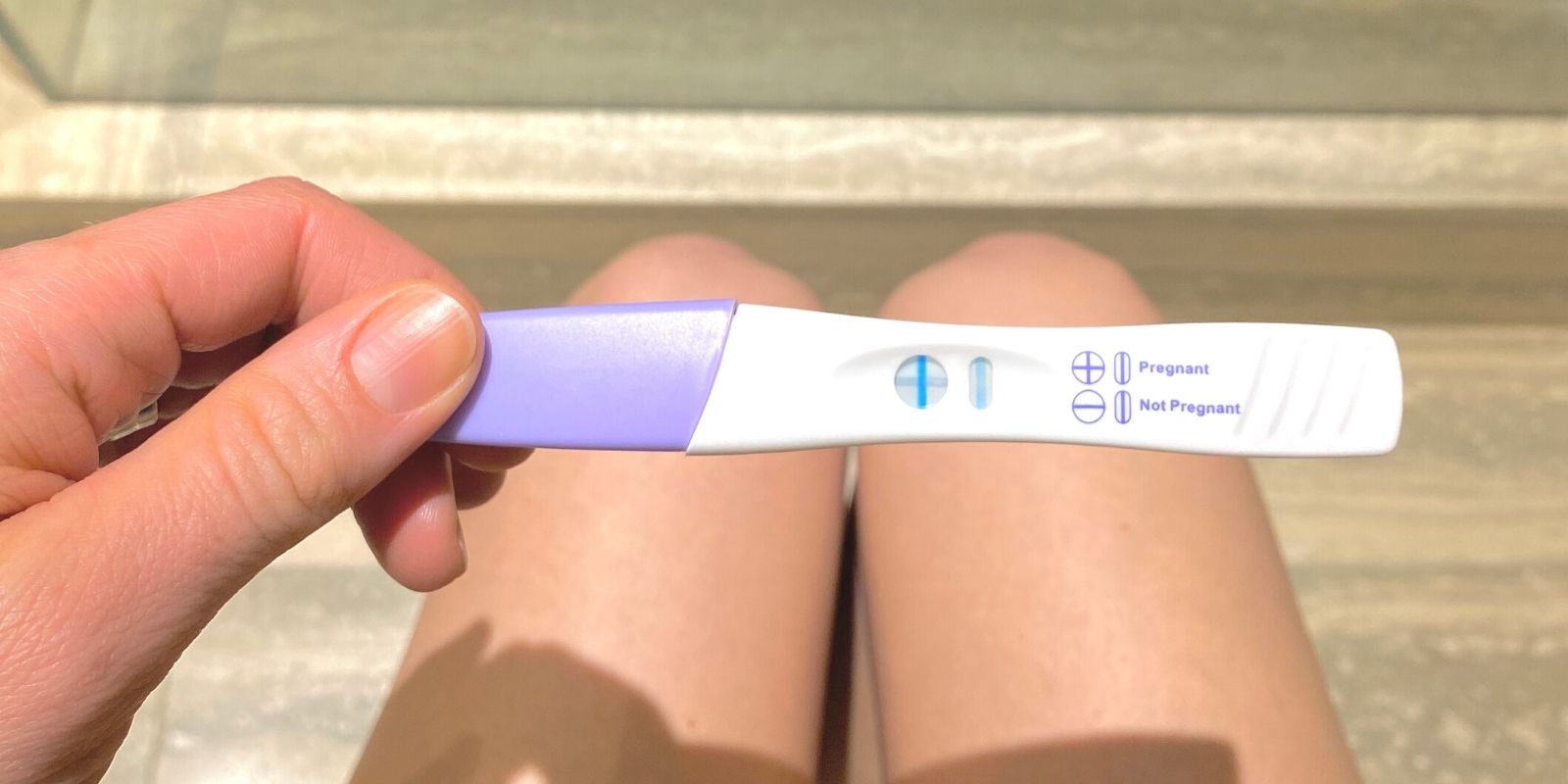
May the odds be ever in your favour
Why doesn’t fertilization occur? First, let’s look at the odds. The chance of the average couple (without any known issues) getting pregnant in any given month (fecundability) is about 15-25%, but this likelihood is impacted by age, lifestyle factors, and whether intercourse is being timed.
When things go south
So what is happening the other 75-85% of the time? There are a number of reasons fertilization may not occur, some examples:
- egg health (for more on improving egg health read here)
- the sperm can’t penetrate the egg – the outer layer of the egg is sometimes difficult to penetrate, or
- the enzymes on the head of the sperm are up to the task
- ovulation doesn’t happen when anticipated – maybe earlier or later than anticipated and the sperm haven’t yet joined the party, or they’ve already come and gone (for more on understanding ovulation read here)
- sperm can’t get past the cervix
- vaginal or uterine environment isn’t optimal for the sperm to make their way to the egg
These are just some examples of when the end of the two-week wait results in a BFN (big fat negative for those not down with the fertility lingo).
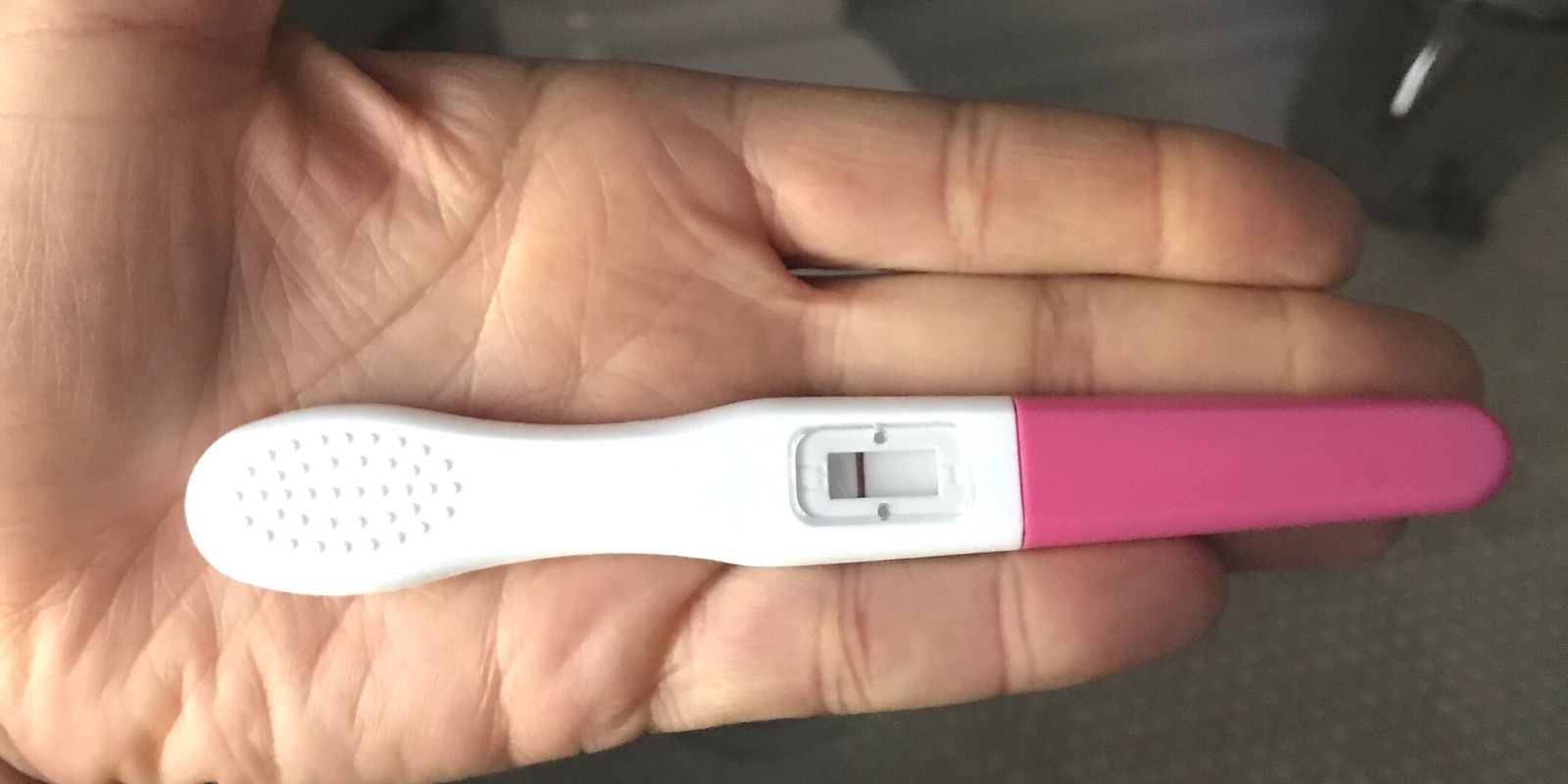
The stars align
BUT – when the stars (ok, not stars – egg and sperm…) align – POOF! Fertilized egg. So whether you have a fertilized egg due to IVF, IUI, or intercourse – there is now an actively dividing mass of cells. This cell division will continue to occur, and that little mass of cell’s next task is to implant into the lining of the uterus. This is called implantation (for more on implantation read here), and even once an egg is fertilized still only occurs about 40% of the time. Why doesn’t it always occur? There are again a number of reasons. For example, sometimes the lining of the uterus, or endometrium, isn’t optimal. Sometimes there are genetic issues with the fertilized egg and it stops dividing and cannot implant.
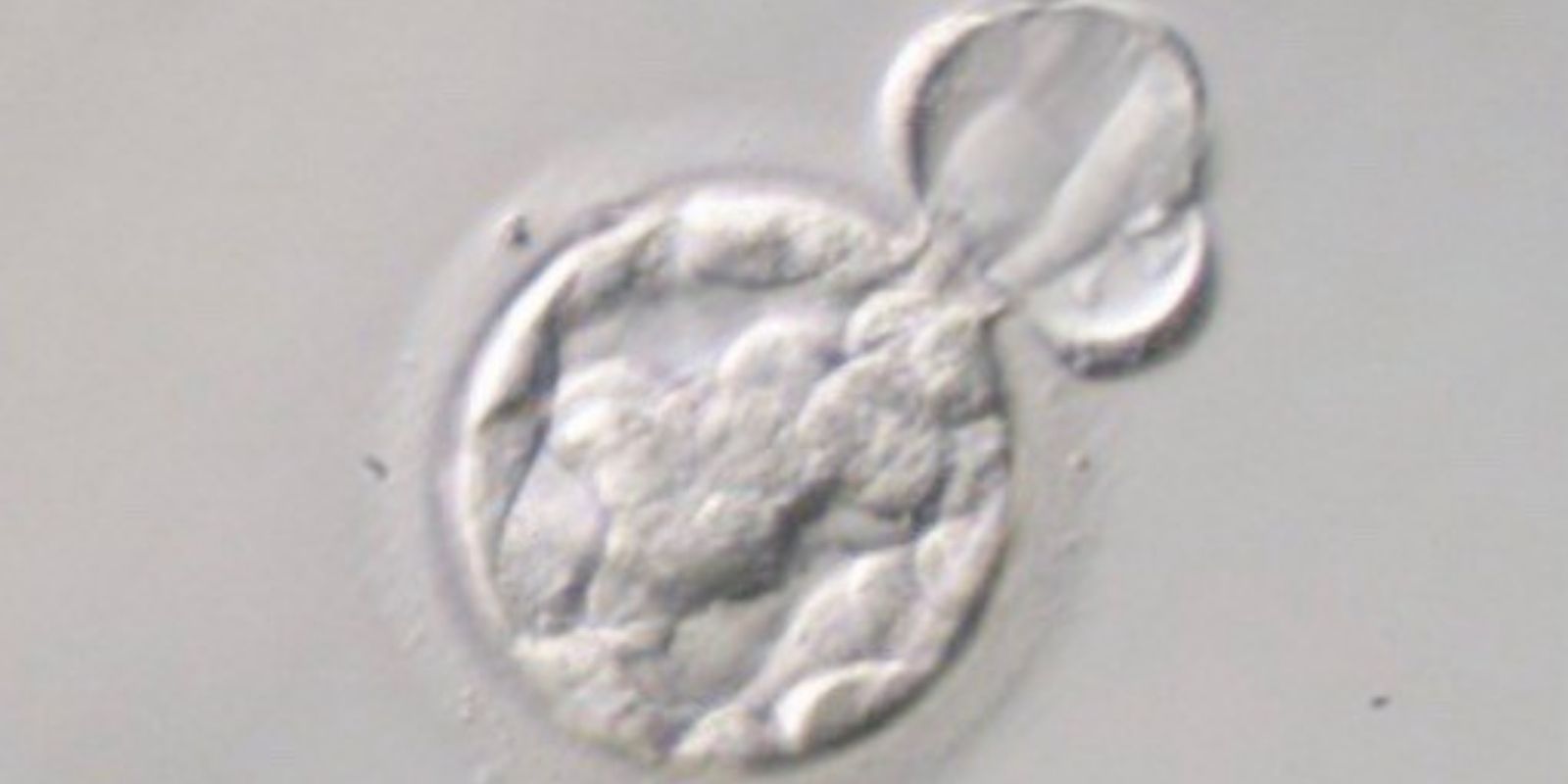
If implantation is successful it occurs roughly 4-6 days after fertilization and some women may notice some spotting. Panic! Panic! This can be very alarming as you may think you’re getting your period. If it is implantation bleeding it should stop after a day or two. The lining of your uterus will continue to get thicker and a mucus plug will form, sealing off your cervix. This plug stays in place until the baby is born.
Let’s get comfy
The mass of cells is now officially called a blastocyst and as it is getting comfortable in that nourishing uterine lining, it is also secreting the pregnancy hormone human chorionic gonadotrophin (hCG). This hormone is a signal to your body not to menstruate (get your period) and to keep that little blastocyst safely inside. hCG can be tested in your blood as early as 6-8 days after ovulation, however, it takes higher concentrations for it to be detectable in your urine.
Ok – cool. Lots of science.
But how does this all help you during that two week wait? For some, just understanding the science behind what leads to a positive pregnancy test may be reassuring.
You can also use this information to help you practice positive visualizations. During these early weeks that little mass of cells develops into a blastocyst, implants in the wall and continues growing and with the cells differentiating into the future roles – like fingers, toes, organs… you get the idea. Picture all of this occurring. When you feel yourself starting to panic and get anxious envision all of the processes occurring in your body to lead to that rise in hCG and a positive pregnancy test. You can use this guide to help get you started:
Positive Visualization during the Dreaded Two Week Wait
- Find a calm, comfortable space and minimize distractions.
- Start to control your breath – breathe in for a count of 5 and then exhale for a count of 10. Keep doing this until you feel calm and at ease.
- Once calm, envision that tiny, strong ball of cells actively dividing.
- Picture it making its way to your thick, nourishing uterine lining and burrowing into it.
- Envision continued growth, with those early cells differentiating into the vital building blocks of a baby.
- Stay in this visualization as long as you need to feel calm.
If you find this brings you some semblance of calm, you can employ this type of visualization technique at any point during the dreaded two week wait. You can use it right at the beginning, picturing a strong sperm penetrating the newly ovulated egg. You can use it also to help envision implantation. And you can use it while you’re waiting for those two pink lines to form, or the call from your doctor’s office.

Tactic #2: Distract, distract, distract.
We know that mind of yours is pretty focused on the end of this two-week window. But you will drive yourself nuts (speaking from first-hand experience here!) if you allow it to consume you. You go down online rabbit holes researching different early pregnancy symptoms:
- nausea
- sore breasts
- fatigue
- constipation
- spotting (also known as implantation bleeding)
- cramping
- bloating
- food aversions
- missed period
There are different ways to stop the mind from spiraling – try out different options to see what works for you.
Sometimes, it helps to allow yourself 5 minutes to let your mind go wild. Give yourself that time, and then find a task to move onto. Then some ideas:
- Call a friend
- Lean on a fertility mentor (for more on the benefits of a fertility mentor and to find one for yourself read here)
- Netflix it up.
- Organize your cutlery drawer (ok – lame to some, but I heart organization)
Whatever it is, find something that will adequately draw your attention away from the obsessive TWW thoughts.
Get your blood pumping
Other times a physical activity may help. You know us, we are all for a little exercise. Now, this isn’t the time in your life to prepare for a marathon – but getting the blood pumping a little is a good thing! You want nice, healthy, oxygenated blood pumping to and around your uterus. Go for a walk. Jump in the pool. Or give our Fertility Warrior Yoga sequence a go.
Want some other ideas? Here is our myMindBodyBaby Top 6 list of TWW Distractions
- Go for a walk: throw on your favorite (UP BEAT!) music and go for a walk
- Nameste: use the Fertility Warrior Yoga Flow to help ease your mind and move your blood
- Plan an excursion: book a pedicure, grab a tea with a friend, make reservations for dinner with your partner – plan something you can look forward to.
- Lookup a new recipe: one of Michelle’s favorites, a Dreamsicle Chocolate Orange Smoothie, or dig into these SUPER yummy fertility-friendly recipes to get you started.
- Organize something: Infertility made me feel like many elements of my life were out of control – finding something to organize in my house made me feel just a little more in control. At least, of my junk drawer.
- Join our Happiness Challenge! When you are in the thick of it, sometimes finding joy can be tough. Let us gently guide you back to a place where you can find a little more pleasure and happiness in your daily goings-on.
Tactic #3: Stop the spot checking
Spot checking. You know what I mean. The obsessive urge to run to the bathroom and make sure your period hasn’t started. There were times during our fertility journey where I would make 20 trips during my workday to the bathroom. I’d drink extra water on purpose so I’d pee more often just to rationalize those extra trips. While I may have been super hydrated – this was not a healthy way to bide the time.

Once in the bathroom, you become Inspector Gadget – analyzing for the slightest hint of blood. I recently heard a great tip to help with this. Dark or red undies! Brilliant. You can’t bust out the magnifying glass if there isn’t going to be anything to see.
Want to up your underwear game even further? We have partnered with Knix (www.knix.ca), a Canadian company that is big into supporting increasing awareness for infertility. They have a great line of leak-proof underwear and they are offering our myMindBodyBaby community $10 off! Just visit www.knix.ca and use the code mmbb10. We recommend going with the colours Lava or Black
We wish you all the best during this window of time.


